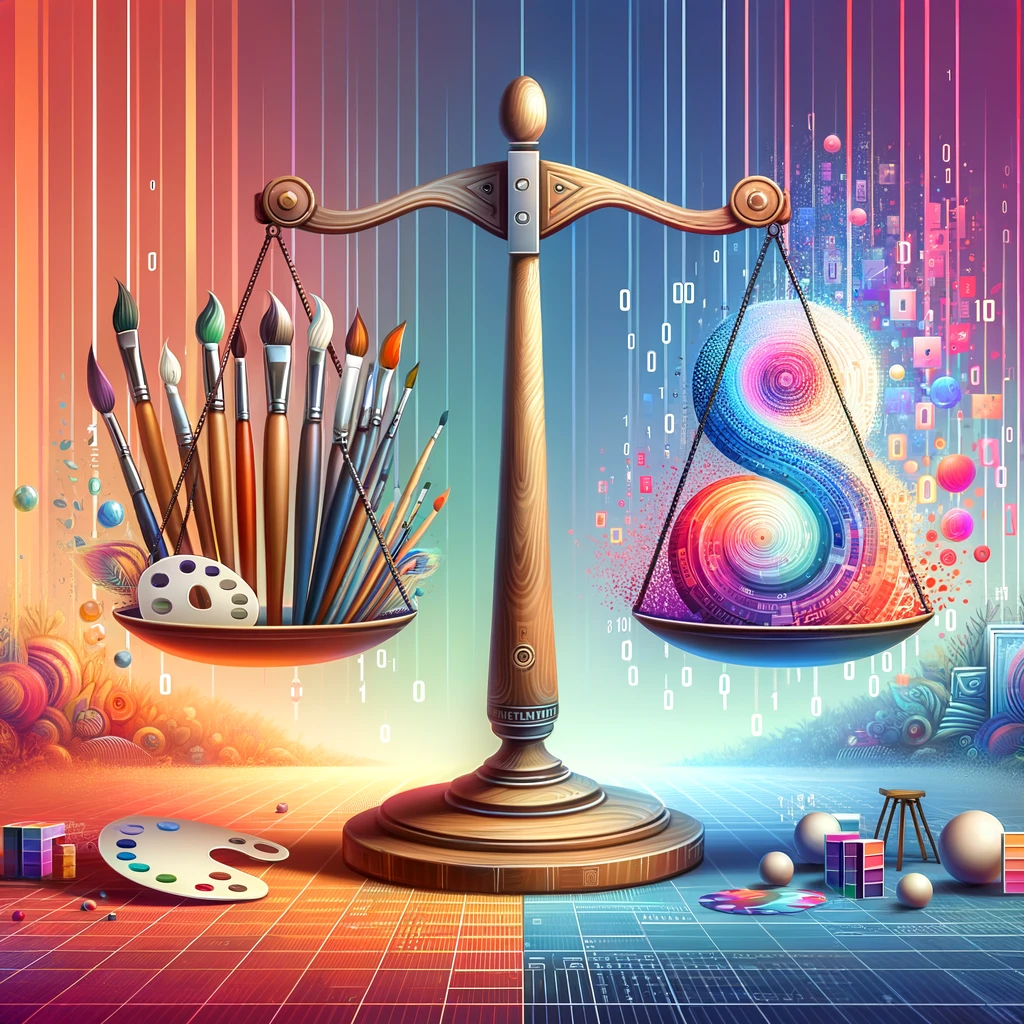In the realm of technological advancements, artificial intelligence (AI) stands out as a cornerstone of modern innovation, particularly in the domain of AI-generated imagery. This technology, which encompasses the creation of images, graphics, and art through AI models, has not only revolutionized the way we approach visual content but also sparked a complex debate on its ethical dimensions. This article aims to provide a comprehensive and balanced view of the ethical implications surrounding AI-generated imagery, shedding light on both its potential benefits and the challenges it presents.
The Rise of AI-Generated Imagery
AI-generated imagery refers to visuals created with the help of artificial intelligence technologies, which can range from realistic photographs and illustrations to abstract art. The technology behind this, often involving machine learning and neural networks, allows AI to learn from a vast database of images and then generate new images based on the learned patterns and styles. This capability has been harnessed in various fields, including entertainment, marketing, and art, offering unprecedented creative possibilities and efficiency.
Ethical Considerations
Intellectual Property and Copyright
One of the primary ethical concerns associated with AI-generated imagery is the issue of intellectual property (IP) and copyright. AI models are trained on large datasets of existing images, which may include copyrighted material. This raises questions about the ownership of the images produced by AI: Can AI-generated images infringe on the copyright of the original works used in training? The challenge here is to establish clear guidelines that balance the rights of copyright holders with the innovative potential of AI.
Authenticity and Misinformation
Another significant ethical issue is the authenticity of AI-generated images and their potential use in spreading misinformation. The ability of AI to create hyper-realistic images can lead to the production of fake images that are difficult to distinguish from real ones. This poses a threat in contexts such as news media, where authentic visuals are crucial, and in the creation of deepfakes that can harm individuals’ reputations or spread false information.
Job Displacement
The automation aspect of AI-generated imagery also brings about concerns regarding job displacement. As AI technologies become more capable of performing tasks traditionally done by graphic designers, illustrators, and artists, there is a fear that these professions could be marginalized or rendered obsolete, leading to economic and social implications for individuals in these creative fields.
The Benefits of AI-Generated Imagery
Despite these ethical challenges, AI-generated imagery offers numerous benefits that are worth considering.
Innovation and Creativity
AI opens up new avenues for creativity and innovation, allowing artists and designers to explore new artistic styles and visual concepts that were previously unimaginable or too time-consuming to achieve manually. AI can serve as a tool that augments human creativity, providing a collaborative platform where humans and machines work together to push the boundaries of art and design.
Accessibility and Efficiency
AI-generated imagery also democratizes the creation of visual content, making it more accessible to individuals and organizations without extensive resources or technical skills. This can level the playing field, especially for small businesses, enabling them to produce high-quality visuals for marketing and other purposes at a fraction of the cost and time.
Education and Research
In educational settings and research, AI-generated imagery can serve as a valuable tool for visualization, helping to explain complex concepts through imagery or simulate scenarios that are difficult to replicate in the real world. This can enhance learning experiences and research outcomes across various disciplines.
Navigating the Ethical Landscape
Addressing the ethical dimensions of AI-generated imagery requires a multifaceted approach that involves all stakeholders, including policymakers, technologists, artists, and the public. Creating a framework for ethical AI use that includes transparent guidelines, copyright reform, and the development of AI literacy among the general population is crucial. Moreover, implementing measures to ensure the traceability and authenticity of AI-generated images can help mitigate the risks of misinformation.
Conclusion
The intersection of AI and imagery is a testament to human ingenuity, opening up a world of possibilities that were once the realm of science fiction. However, as with any powerful technology, it comes with its set of ethical dilemmas that demand careful consideration and action. By fostering a balanced discourse that acknowledges both the potential and the pitfalls of AI-generated imagery, we can harness this technology in a way that respects copyright laws, protects against misinformation, and supports the continued flourishing of creative professions. Through collaborative efforts and ethical guidelines, we can navigate the complex landscape of AI-generated imagery, ensuring that it serves as a force for good in advancing both art and society
